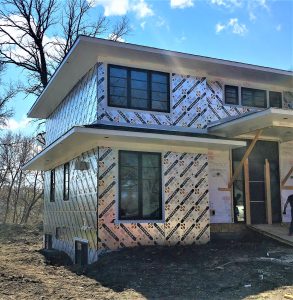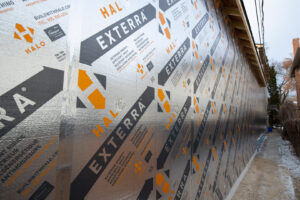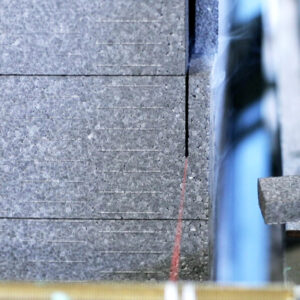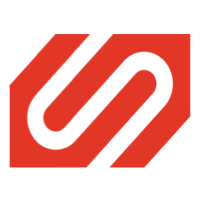A home’s indoor air contains hundreds of Volatile Organic Compounds (VOCs) — toxic gasses emitted from certain solids and liquids.
At high concentrations, VOCs can cause numerous allergies and illnesses, including various types of cancer. So, you’d be right to wonder whether insulation like Halo’s Interra — which can cover entire walls within a home — emits any VOC’s over time.
In this post, we’ll walk you through this and answer some common questions about VOC’s in FBI products.
What Exactly Is Halo’s Interra?
To understand the indoor air quality effects associated with a product like Halo, it’s first important to understand what the product is made of.
Halo’s Interra comprises a Neopor Graphite Polystyrene (GPS) foam core, which is essentially EPS that’s infused with graphite particles. This GPS core is coated with a reflective laminate that serves as both a reflector of heat and a code-compliant vapor barrier, when properly taped.
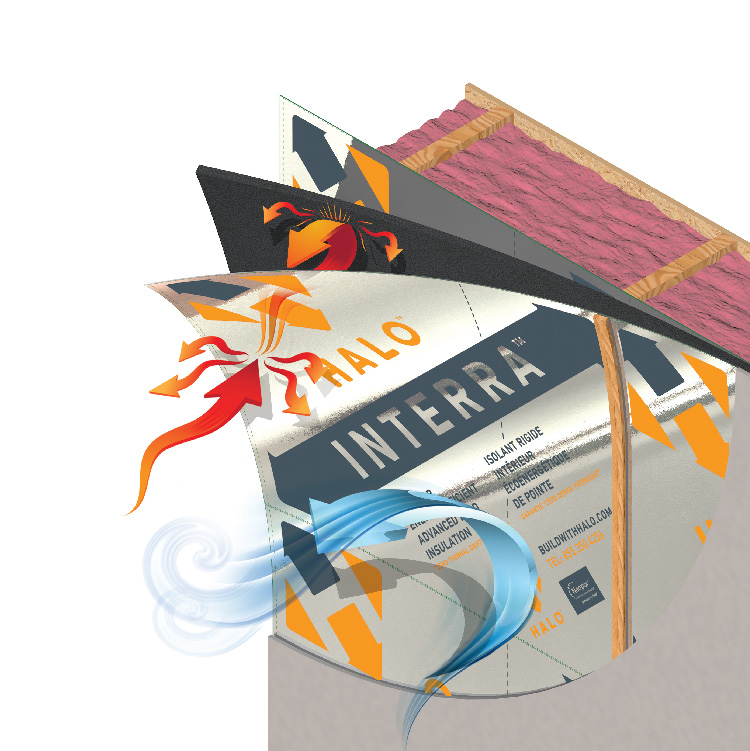
Neopor GPS Is GREENGUARD-Certified
Crucially, Interra’s Neopor GPS foam core has achieved GREENGUARD Gold certification. What’s more, Neopor GPS has been referenced by the Collaborative for High Performance Schools (CHPS) and LEED Building Rating System.
Why does this matter?

Because products with GREENGUARD certification are proven to meet some of the strictest global chemical emissions standards. Validation from authoritative bodies such as CHPS and LEED, likewise, speaks volumes about Neopor’s performance as a “clean” material.
And here’s how Neopor’s GPS has earned its reputation as a safe, clean foam board product. The production process behind its GPS core uses pentanes as the blowing agent. These get gradually replaced by air weeks or months after manufacturing, depending on the thickness of the foam. Thanks to this process, aged EPS is about 98% air, which doesn’t off-gas, and has always been free of formaldehyde, CFC, HCFC, and HFC compounds.
In simple terms, this means that Halo’s Interra poses a much reduced risk of indoor air pollution and exposure to toxic chemical compounds.

Don't miss a thing!
Subscribe for exclusive content, insider industry news and limited edition webcasts.
Do Fire Retardants Off-Gas?
Insulation products such as Halo’s Interra contain fire retardant compounds, and some people worry that these may emit harmful VOCs after installation.
Luckily, in the case of Halo’s Interra, the flame retardant doesn’t contribute much to VOC off-gassing. It can’t. The compound — PolyFR — is a polymeric flame retardant, which bonds itself so tightly to the host polymer in the GPS that it becomes an inherent part of the plastic.
As such, the two polymers’ chains share such a robust bond that the flame retardant isn’t able to migrate, or off-gas, from the GPS core.
Simply put — no, the polymeric flame retardant in Halo’s Interra does not off-gas.
Will Graphite Polystyrene (GPS) Release Toxic Gas When It Burns?
Believe it or not, fumes burning GPS are less toxic than those produced by burning organic materials, such as fir trees, pressed wood, or expanded cork. When it burns, GPS emits energy, Carbon Dioxide, Carbon Monoxide, water vapor, and soot. That’s it — no other gasses are emitted as GPS combusts.
The above being said, any fumes produced during combustion are hazardous for humans and animals.
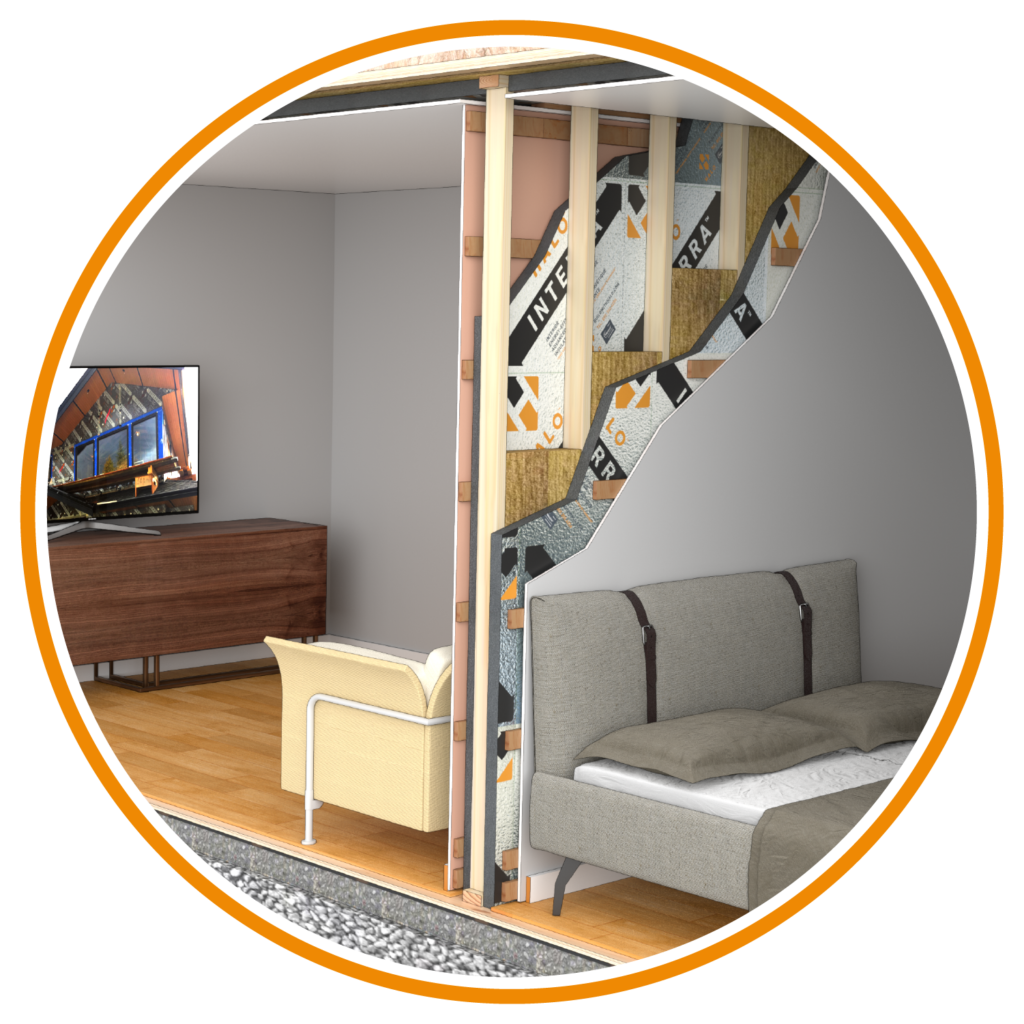
Wrapping It Up
This may come as a surprise to some, but our homes’ indoor air quality is generally worse than that of the air outdoors. And that’s because modern homes are filled with objects and surfaces that “off-gas,” or emit VOCs long after they’ve been manufactured.
The same applies to a home’s building materials and the interior insulation hiding in its walls.
In the case of Halo’s Interra, the off-gassing is minimal, largely thanks to the blowing compounds used in its production, as these leave the foam board largely filled with air.
What’s more, Interra’s polymeric fire retardant is bound quite closely to the EPS, and as such, isn’t able to “off-gas”.
Thanks to these properties, Interra’s Neopor GPS foam core has earned a GREENGAURD Gold certification — an achievement reserved for materials that are proven to be clean.


